Titanium Anodes For Swimming Pool Disinfection
Titanium anode has excellent corrosion resistance, high chlorine evolution potential, and good conductivity. It can stably and efficiently produce the active substances required for disinfection during electrolysis, providing reliable protection for the safety of swimming pool water quality.
- Iridium-coated titanium anode
- Platinum-coated titanium anode
- Ruthenium-coated titanium anode
- Mixed oxide-coated titanium anode
- Titanium electrolytic cell
- Palladium-coated titanium anode
- Carbon-titanium composite anode
- Metal-metal oxide composite anode
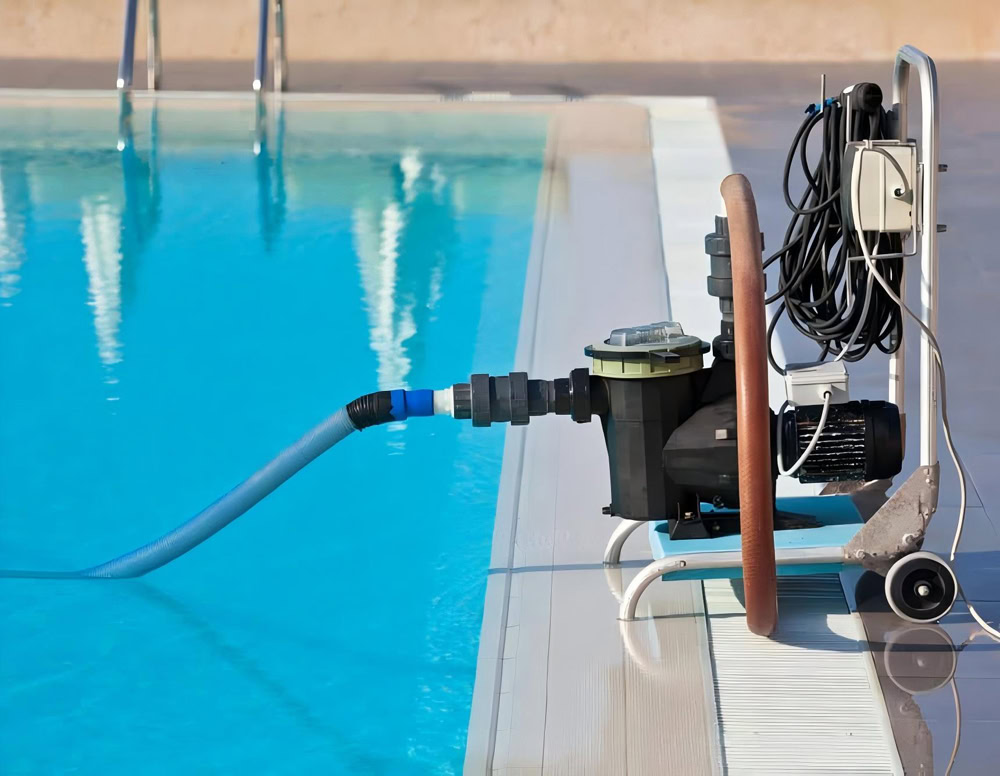
Customized Titanium Anodes for Swimming Pool Disinfection
The safety and sanitation of swimming pool water quality is directly related to the health of swimmers, so swimming pool disinfection is of vital importance. Although traditional disinfectants such as liquid chlorine and sodium hypochlorite have disinfection effects, they have many disadvantages, such as the easy production of harmful byproducts, potential safety hazards in storage and transportation, and serious corrosion to equipment. Electrolytic disinfection technology has gradually emerged with its advantages of high efficiency, safety, and environmental protection. Among them, titanium anode, as the key core component of electrolytic disinfection, plays an indispensable role in the field of swimming pool disinfection.
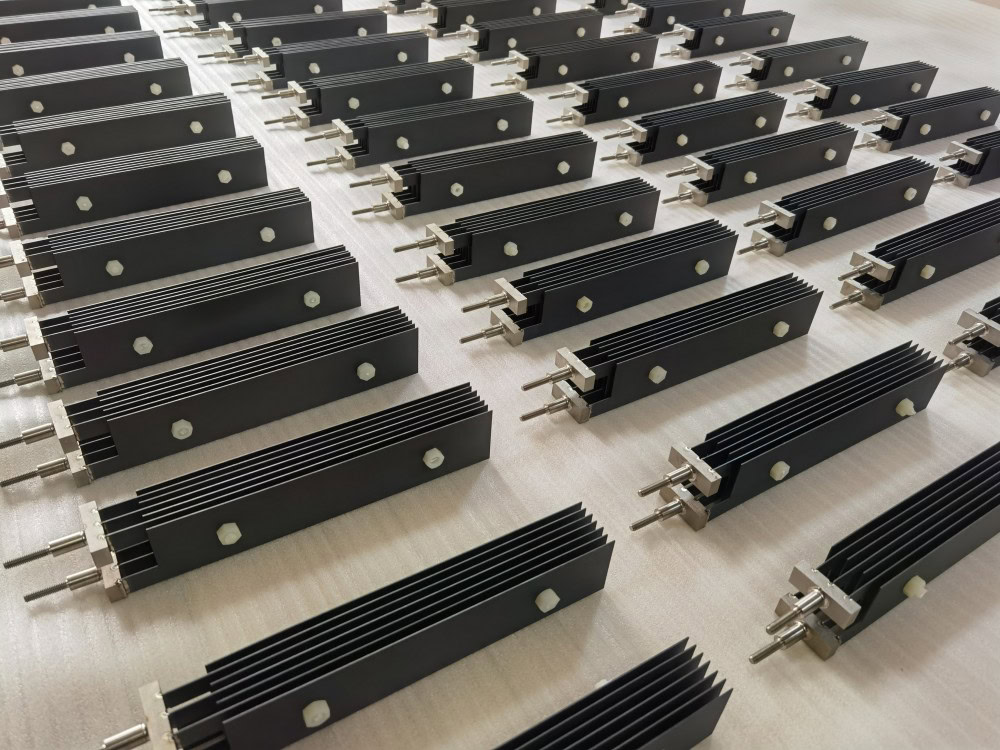
Ruthenium-iridium-titanium anode is a metal salt solution of ruthenium and iridium coated on the surface of titanium substrate by thermal decomposition, and then sintered at high temperature to form an oxide coating with nano-scale structure. It has excellent chlorine evolution performance and produces chlorine gas quickly and efficiently in electrolysis. The reason is that the oxide coating of ruthenium and iridium has high catalytic activity.
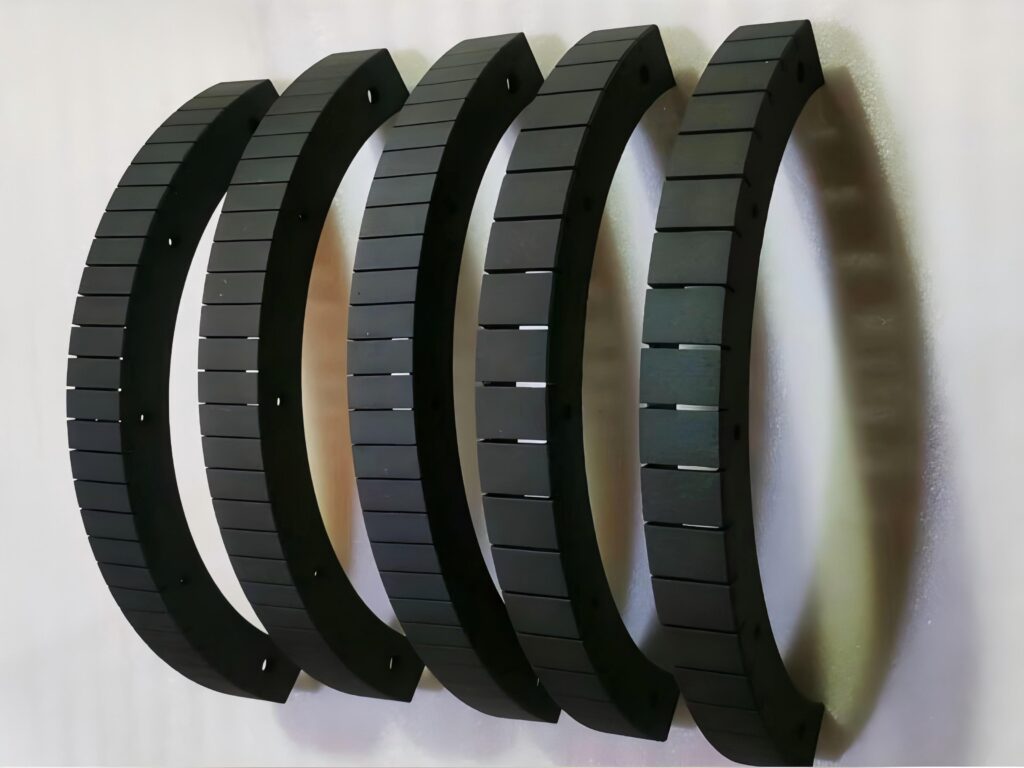
Iridium-tantalum titanium anode is based on titanium and coated with iridium (Ir) and tantalum (Ta) oxide coating. The outstanding advantage of this anode is its extremely high corrosion resistance. It has a high oxygen evolution potential, which can effectively inhibit the occurrence of oxygen evolution side reactions, improve the efficiency of chlorine generation during electrolysis, and reduce power consumption.
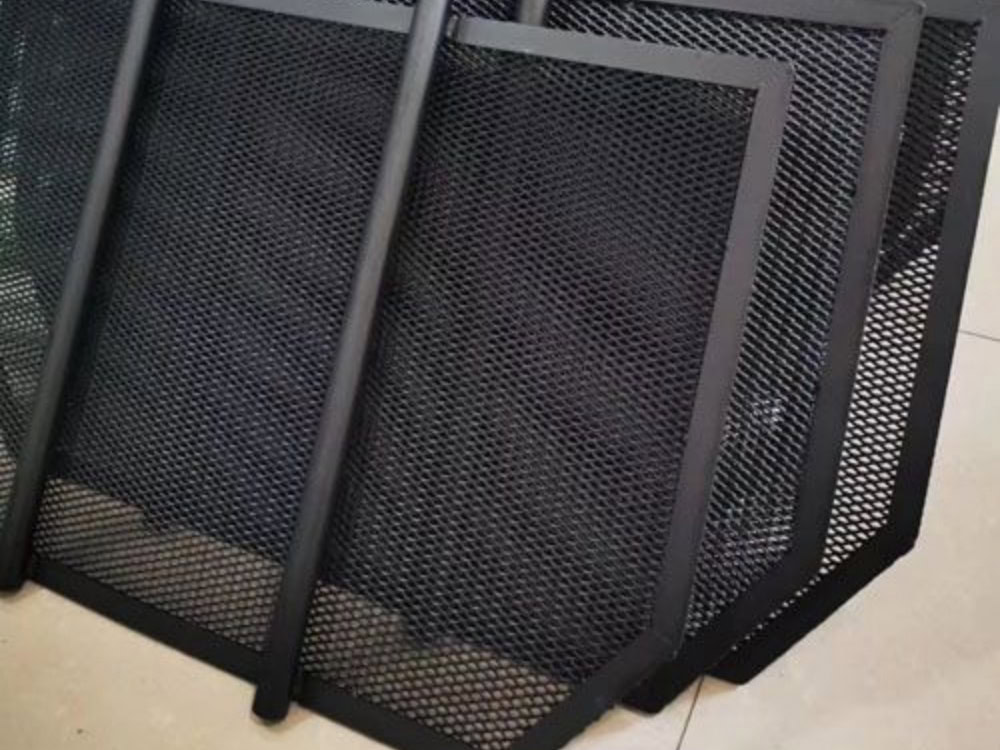
Composite coated titanium anode is also gradually gaining attention in the field of swimming pool disinfection. This type of anode is coated with a composite coating composed of multiple metal oxides, such as ruthenium, iridium, titanium, tin, rhodium and other elements, on a titanium substrate. The synergistic effect of multiple metal elements further enhances the catalytic activity, corrosion resistance and conductivity of the anode.
Disinfection Principle
In the electrolytic disinfection system of swimming pools, a certain concentration of salt (usually sodium chloride, NaCl) is usually added to the swimming pool water to make the pool water an electrolyte with a certain conductivity. When the DC power supply is turned on, the titanium anode and the titanium cathode form an electrolytic circuit.
On the surface of the anode, an oxidation reaction occurs: the chloride ion (Cl⁻) loses electrons and is oxidized to produce chlorine gas (Cl₂), and its electrode reaction formula is: 2Cl⁻ – 2e⁻ = Cl₂↑. Part of the chlorine gas dissolves in the water and reacts chemically with the water: Cl₂ + H₂O ⇌ HCl + HClO, producing hypochlorous acid (HClO) and hydrochloric acid (HCl). Hypochlorous acid is a strong oxidizing substance that can destroy the cell structure of microorganisms such as bacteria and viruses, and oxidize their proteins and enzyme systems, thereby achieving the purpose of disinfection and sterilization.
On the cathode surface, a reduction reaction occurs: water molecules (H₂O) gain electrons to generate hydrogen (H₂) and hydroxide ions (OH⁻), and the electrode reaction formula is: 2H₂O + 2e⁻ = H₂↑ + 2OH⁻. Hydroxyl ions react with hydrogen ions (H⁺) generated at the anode to neutralize and maintain the pH value of the pool water.
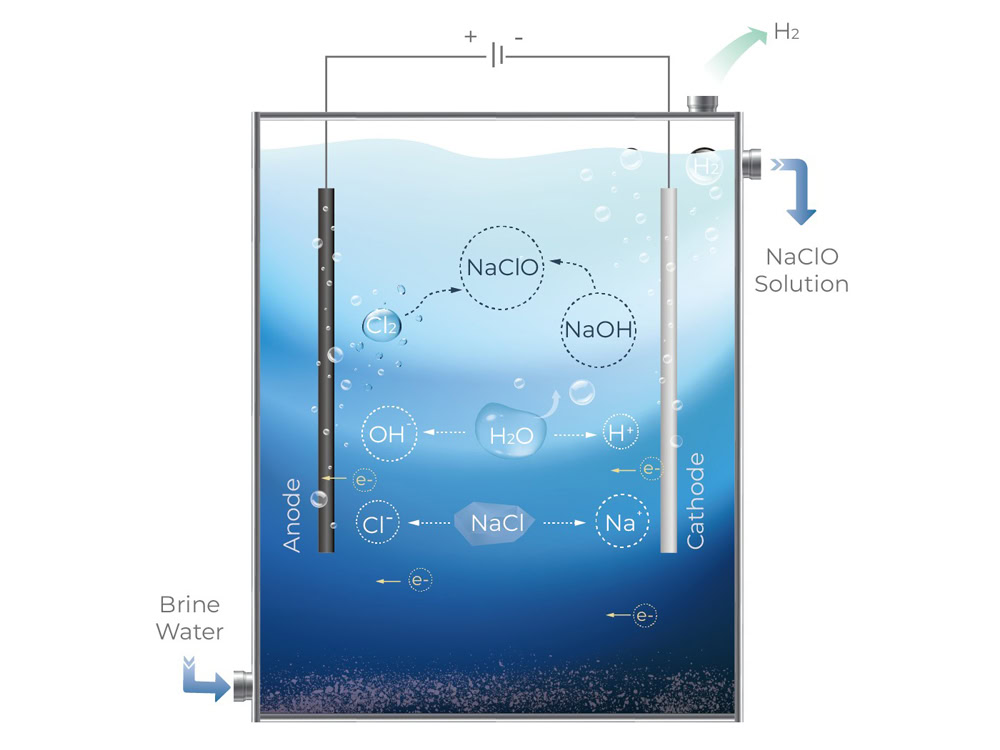
In electrolysis, in addition to chlorine and hypochlorous acid, some active oxygen species are also generated, such as hydroxyl radicals (・OH) and ozone (O₃). These active oxygen species have stronger oxidizing properties and can react with organic matter, bacteria, viruses, etc. in the water to further improve the disinfection effect.
Conclusion
Titanium anodes have significant advantages and broad application prospects in the field of swimming pool disinfection. From the perspective of type, different types of titanium anodes such as ruthenium-iridium-titanium anodes, iridium-tantalum-titanium anodes and multi-element alloy-coated titanium anodes can meet the disinfection needs of swimming pools of different sizes and water quality requirements with their unique performance characteristics. Its disinfection principle is based on the synergistic effect of electrolyzing salt water to produce disinfectants such as hypochlorous acid and reactive oxygen species to achieve efficient and comprehensive disinfection and sterilization. Compared with traditional swimming pool disinfection methods, titanium anode electrolysis disinfection shows great advantages in efficient disinfection, safety and environmental protection, reduced equipment corrosion, water quality regulation and intelligent control. It can not only provide swimmers with a safe and healthy water quality environment, but also effectively reduce the operating costs of swimming pools and improve management efficiency.